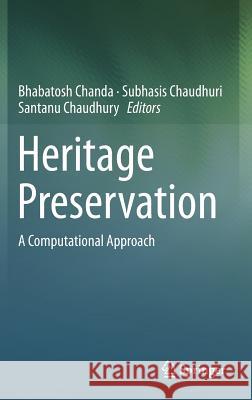Heritage Preservation: A Computational Approach » książka
topmenu
Heritage Preservation: A Computational Approach
ISBN-13: 9789811072208 / Angielski / Twarda / 2018 / 345 str.
Kategorie:
Kategorie BISAC:
Wydawca:
Springer
Język:
Angielski
ISBN-13:
9789811072208
Rok wydania:
2018
Wydanie:
2018
Ilość stron:
345
Waga:
0.68 kg
Wymiary:
23.39 x 15.6 x 2.06
Oprawa:
Twarda
Wolumenów:
01
Dodatkowe informacje:
Wydanie ilustrowane











